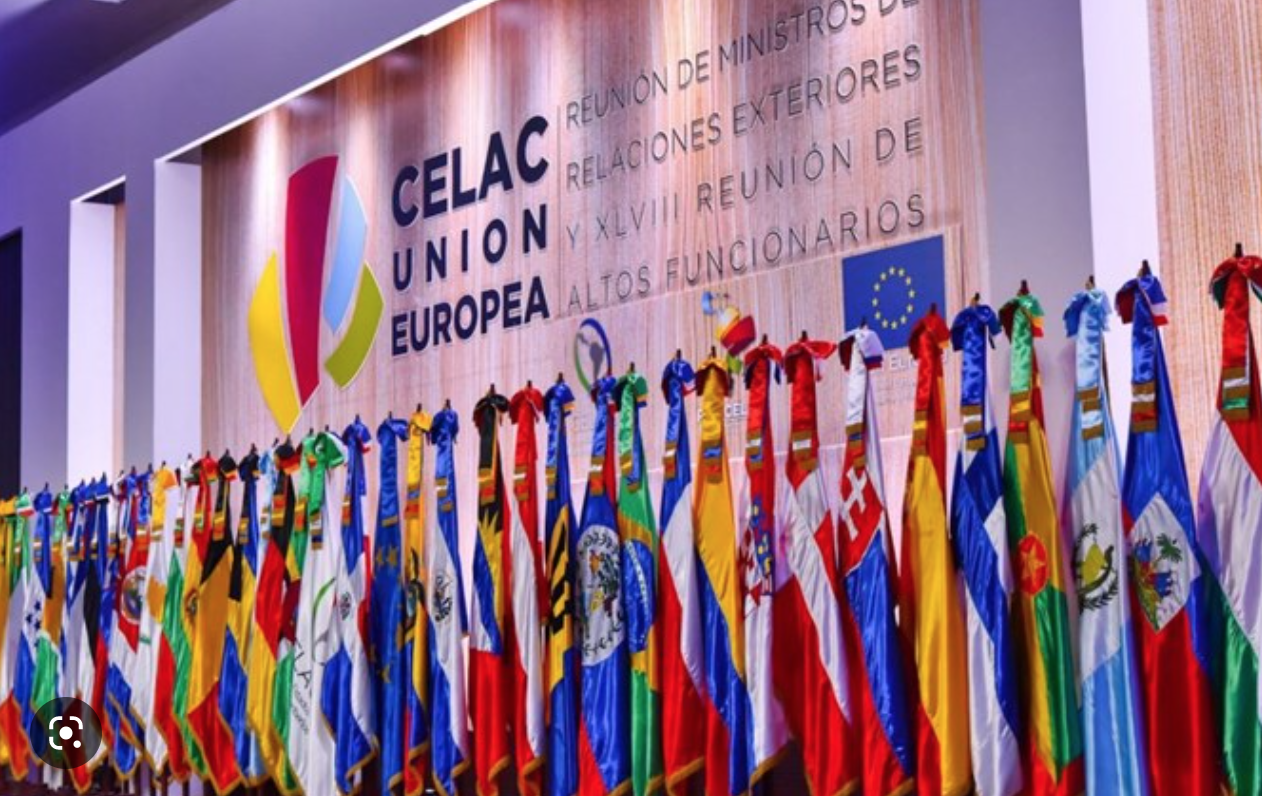It is hard to escape the feeling that the map of the world is being redrawn in light of the confrontation between the United States and China. As Beijing positions itself as an economic power, a technological giant, and a military force, no one wants to be forced to take sides between the two powers in a binary logic. For this reason, the European Union (EU) is rethinking its international ties and has gone in search of allies, while Latin America is looking to its European partner for a third pole on which to rely. In the Old Continent, the idea of “strategic autonomy” is gaining ground, while on the other side of the Atlantic there are voices of consensus on “active non-alignment”.
The idea of states seeking to exercise an independent foreign policy, in line with their own sovereign interests, has a long tradition in Latin American thinking on international relations. In Europe, the notion of autonomy is articulated as a response to its loss of weight in the redistribution of global power; in the face of the pressure exerted by the Chinese landing on the continent and the nationalist withdrawal of the United States, its main ally, especially after the arrival of Donald Trump to power.
Expanding the international room for maneuver is no easy task because each state must rethink the terms on which it intends to fit into the new international geopolitical chessboard, which is increasingly interconnected in sensitive areas. In the case of the EU, it depends militarily on Washington, on technological inputs from China, and on energy from Russia. In this context, traditional alliances are essential, but the loyalty and support of old friends have been weakening, and relationships can no longer be taken for granted.
In the case of the bi-regional relationship between the EU and Latin America, this was taken for granted for more than a decade, and the stagnation and paralysis of bi-regional meetings set the pace of relations. At the same time that Europe was concerned with its internal affairs, China multiplied its trade in the region tenfold between 2008 and 2018 and became the first trading partner of Brazil, Chile, Peru, Uruguay, and Argentina. In doing so, China displaced the role of the EU and overtook the United States.
As the EU lost influence, Latin America continued its constant search for functional alternatives to boost its development, and openly embraced alternative alliances with extra-hemispheric actors such as China or Russia. Now, 21 of the 33 countries in the region have joined China’s Belt and Road Initiative (BRI).
The Asian country is here to stay; also in Europe. It has become the main origin of imports from the European bloc. According to the Observatory of Economic Complexity (OEC), in 2000 imports represented 6%, while in 2020 they increased to 22%. The United States accounted for 16% in 2000, but by 2020 it will have dropped to 12%, and value chains are becoming increasingly interconnected.
However, the EU does not have a cohesive position in its relationship with Beijing either. On the one hand, countries such as France and Germany (highly dependent on China) are betting on a more assertive shift in EU policy towards the Asian giant. Their main concern is the loss of competitiveness of their companies vis-à-vis strategic managers of high-added value.
Germany has just allowed the purchase of 25% of the port of Hamburg from China, but without yielding on strategic and management decisions. On the other hand, the countries of Southern and Eastern Europe have been more receptive to closer ties with China. Italy is the first G7 country to sign the BRI agreement, joining other EU countries that have already done so, including Hungary, Poland, the Czech Republic, Greece, and Portugal.
The idea of considering China as a “strategic partner” was branded as “European naivety” by French President Emmanuel Macron, and gradually the qualifiers have become more offensive, as Beijing has been called an “economic competitor in search of technological leadership” and a “systemic rival promoting alternative models of governance.” However, the interdependence of European countries with China remains strong and its management is key to avoiding falling into politically conflictive situations. To this end, one of the EU’s objectives is to strengthen multilateralism. But this area is also weakened.
In the multilateral arena, the latest test of political alignments (in the face of the global commotion, due to Russia’s invasion of Ukraine) revealed that dozens of countries have refused to take a clear position on the basis of the rules of international law.
In Latin America, there has been no unanimity in any of the pronouncements, and countries with strong leadership such as Brazil and Mexico abstained in the General Assembly votes to suspend Russia from the Human Rights Council. Nor have they all welcomed the sanctions imposed on Russia. This is not the response that was expected from a region that has traditionally supported the rules of international law and multilateralism as central foundations of its foreign policy.
Active non-alignment may be a way to rethink the role of the Latin American region in the world and bring it out of marginality. However, no foreign policy doctrine will be effective as long as there is no strategic definition of the directions to be pursued as a region in an increasingly interconnected world.
Improving the EU-Latin America relations becomes imperative if Europe wants to regain international leadership as a partner of values, and Latin America, not to accentuate its peripheral situation or take sides between antagonistic positions.
*Translated from Spanish by Janaína Ruviaro da Silva











